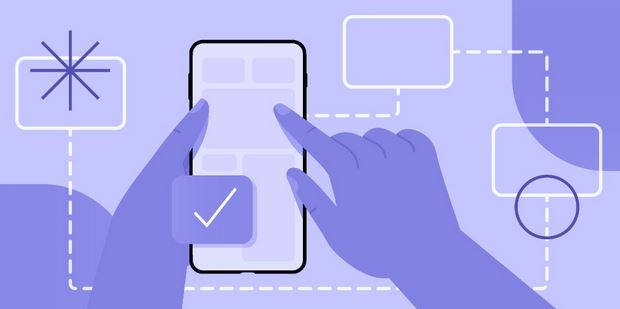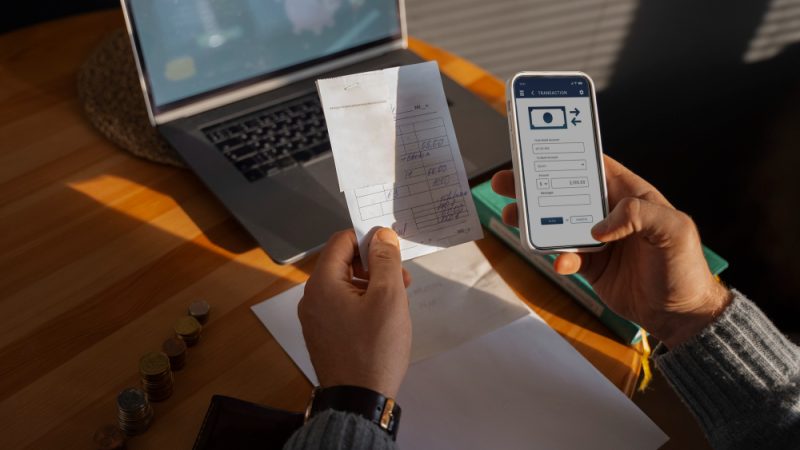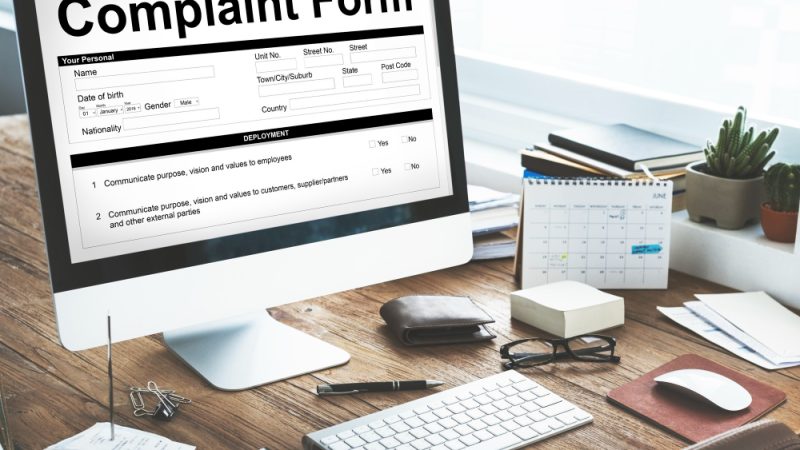Tips to Improve Mobile App Performance

How to Ensure Optimum Performance for Your Business App?
App owners often consider the “loading speed” of an app as the sole performance metric. Of course, it is, but there’s a lot more beyond the loading speed that can impact your app’s overall performance. Critical metrics that matter here are retention rate, monthly active users, session length, customer lifetime value, battery consumption, memory, and many more aspects.
Even if you do not wish to dive deeper into the technical aspects, you will still need to focus on the user interface, navigation, customized features, and appealing UIs that majorly contribute to an overall exceptional user experience. With the growing competition in the online world, you must evaluate your app’s effectiveness to remain competitive in your respective industry. This post will help you elevate the level of your app’s performance and build robust brand value along with enhanced conversions to enjoy your app’s success at its best.
So, What Causes Problems in an App’s Performance?
You must know the right areas to focus on to optimize your app’s overall performance. Here are some critical factors that you must pay heed to ensure optimum performance from your app:
- Network latency and bandwidth
- Server-side errors and abundant HTTP request calls
- Heavy operations carried on the main thread
- Web browser
- Changes in configuration
- The kind of application testing
- Application’s complexity
- The kind of hosting service
You must include these critical factors in your application performance monitoring system (APM) to ensure optimum performance from your app.
Expert-proven Ways to Optimize Your App’s Performance

Apart from monitoring the factors mentioned above, you must also proactively implement some best practices to optimize your app’s performance.
Effective Caching of Data
This practice is primarily related to your app’s loading speed. Modern-day app users prefer apps that load in 2-3 seconds, nothing more than this. Data caching is a common technique, but how you perform it makes a difference. You must have defined files and computations to get a precise cache hit ratio and then set a fallback time to load (TTL) accordingly. You also need to understand how cache-control headers work and increase their times accordingly to gain optimum results from caching. Also, avoid your cache cluttering up with excessive data to maintain its efficiency.
Keep Your Images Optimized
This is a basic and relevant practice to ensure optimum app performance and enhanced loading speed. Most app owners often use large-size images to allure users and create a bigger impact on them for their products or services. You must prioritize a mobile-first approach and keep your image size 800 x 800 pixels maintaining a 1:1 ratio. Make sure that you compress all images and graphics of your app. You can use smart tools, like Compress Now, JPEG Optimizer, Compressor.io, and EzGIF. This will lower the image weight to a significant level, and all the images in your app will accommodate perfectly, creating no trouble for the app to perform at its best.
Also Read: How To Make Windows 10 Laptop Run Faster
Ensure High-quality Codes with Timely Upgrades
Your mobile app developer should ensure using an advanced tech stack to build the app with clean coding. Moreover, you must also ask your developers or support & maintenance service providers to keep removing outdated and extraneous codes at regular intervals. Make sure that there are no memory leaks in the RAM by using a memory profiler. You must also reduce the level of heavy activity initialization that often creates bottlenecks for smooth performance. It is advisable to maintain data access by creating an offline mode, as it supports the information security and reliability of your app. Try to minimize the number of offscreen calculations if it’s an iOS app.
Focus on Network Performance
This is another critical aspect you must consider to ensure optimum performance from your app. You need to check your app’s functionality on networks like 4G (now 5G, too), Wi-Fi, and so on. Checking out network properties will help you know when and where your mobile app’s performance is the highest. Networks are available at different speeds, and ensuring smooth functionality across all types of networks is a sure-shot guarantee of optimum usability of the app. Additionally, ensure that there isn’t any packet loss, as users hate losing information. In case of any packet loss, your app must offer options to allow users to regain their lost information or send immediate alerts to prompt users to attempt recuperation for it. For an app with abundant images, try lazy loading, as it will help reduce load time and remove or reduce the app’s non-blocking (non-critical) elements.
Enhance Client-server Interaction
Your client-server API must be designed in such a way that it prevents users from getting unnecessary data. Categorize your content and objects based on their requirements and request them only when needed. Using a content delivery network is always advisable as it reduces the time taken by an app to process data while loading. If you have hired professional developers from a mobile app development company, they must be instructed to design and develop APIs keeping in mind that not all users access the 4G network; there may be people with lower and less stable connections. So, your complicated requests must be divided into smaller ones that will allow your app to perform optimally on all types of networks.
Avoid Excessive Use of Plugins
You add a plugin every time you want to add specific functionality to your app but wait that will directly impact your app’s loading speed. The more plugins you use, the more requests are transacted back and forth, and as some plugins use database queries to retrieve information, your server might respond slower to your app. Ensure you only have limited and relevant plugins installed on the front end with timely updates. Using too many plugins creates troubles for your web host to cope with increasing load in the number of HTTPS requests, eventually resulting in slower loading of your app.
Load Your Data Smartly
How you load data on your app also plays a critical role in deciding your app’s performance. You must ensure data validation before overloading your app with irrelevant and abundant data. Ask your mobile app developers to command the app to deliver HTML requests first and then pre-load images (in JS and CSS) to reduce the overall loading time. There are many different data validation techniques, and you need to pick one that best suits your destination constraints. Keep a regular check on the kind of data stored at your app’s back end, as there are numerous API calls that your back end needs to process. Hence, filtering back-end data will certainly prove advantageous for your app’s performance.
Never Skip Regular App Maintenance
Over 3700 apps are launched daily on just Google Play Store, and only a few among them manage to gain a convincing user base or a number of downloads. Do you know why? Because those apps are regularly maintained according to the changing environment and technological updates. If you don’t have an in-house maintenance team, switch to a trusted maintenance and support service provider to monitor your app’s performance and provide regular updates as and when required. This will not only improve your app’s performance but add loyal users to it as well.
Endnote
Attracting new users and retaining the existing ones has become the most dominating task for app owners, and to achieve this, you must take the above-mentioned aspects with due earnestness. This will have a long-lasting impact on your brand’s credibility and ROI.
Author Bio: Nathan Smith is an experienced web and app developer, currently working with TechnoScore- a leading app development company. As a technology enthusiast, he is passionate about sharing his web and application development knowledge through his articles. Nathan keeps himself up-to-date with all the latest trends, innovations, and disruptions happening in and around the IT industry. He is also keen on sharing his ideas and understanding of the innovations in the IT domain with individuals and entrepreneurs interested in the trade.
Also Read: What is data recovery and how does it work




